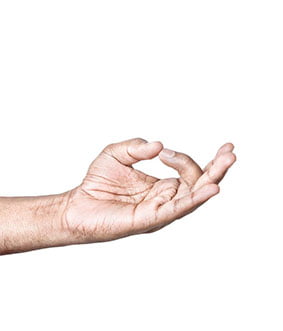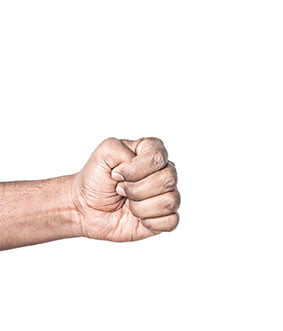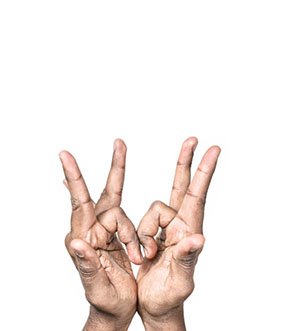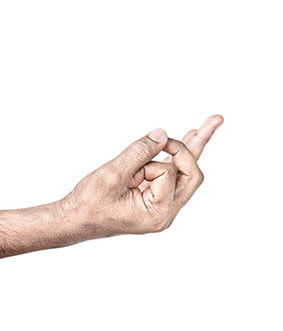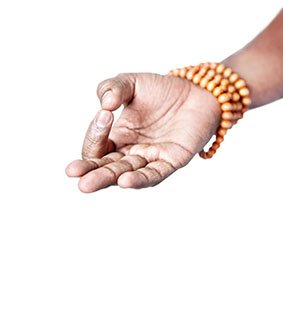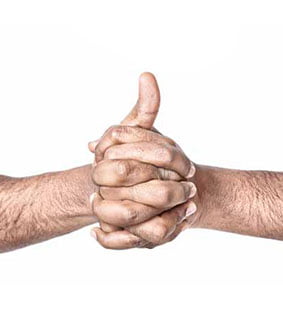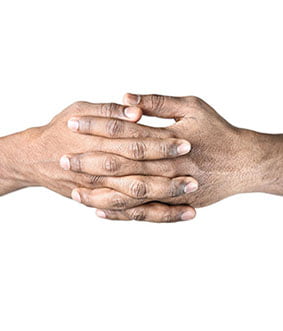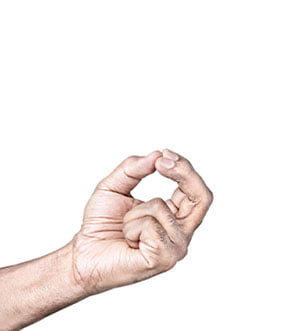
| Category: | Kids Yoga Planner |
|---|---|
| Sub Category: | Magic Hands |
| Types: | Restorative, Seated, Seated & Floor |
| Therapy: | Anxiety, Stress |
Place tip of thumb, index finger and middle finger together. Bend other two fingers so they rest in middle of hand.
Wealth (God of wealth is Kubera)
Click here for lots of FREE downloadable Yoga lesson plans.
Click here for lots of FREE downloadable Pilates lesson plans.
Sanskrit Meaning
The Sanskrit meaning of the word Mudra is:
a symbolic hand gesture that has the power of producing joy and happiness
Or put more simply:
a gesture
Or put even more simply:
yoga positions for your hands and fingers
50 Mudras To Practice
Aakash Mudra, Adhi Mudra, Anjali Mudra, Apan Vayu Mudra, Apana Mudra, Asthma Mudra, Atmanjali Mudra, Bhairav Mudra, Bhramara Mudra, Bodhisattva Dhyan Mudra, Brahma Mudra, and Bodhisattva Dhyan Mudra. Here are all 50 hand mudras for you to enjoy.
Top 10 Benefits Of Mudras
Body Awareness: When holding a mudra you’ll notice the subtle energy move through your body, and what places that energy trickles into.
Chakra Workout: Each finger represents a chakra:
Thumb = Solar plexus chakra
Index Finger = Heart chakra
Middle Finger = Throat chakra
Ring Finger = Root chakra
Little Finger = Sacral chakra
If you’re knowledgeable about chakras, then this will make your Mudra practice even more enjoyable (e.g. when your index finger gets a deep stretch you’ll know that your heart chakra is being stimulated which helps become a bit more affectionate, tender, and loving).
Harry Potter Wand: Your hands are like a Harry Potter wand at your disposal? Your hands have healing powers that have been used in Indian culture for many centuries.
Health & Healing Toolbox: As your awareness becomes more acute to each specific mudra, start to practice other mudras. Mudras are simple to practice, but they are powerful, and well worth adding to your health and healing toolbox. Here are 50 hand mudras for you to enjoy.
Mantra: When the hand position feels comfortable, you can add a mantra while holding the mudra.
Meditation: When the hand position feels comfortable, you can add a meditation while holding the mudra.
Monkey Mind: The position of our hands can influence the energy of our physical, emotional, and spiritual bodies. Mudras help to link the brain to the body, soothe pain, stimulate endorphins, calm the monkey-mind, and increase energy.
Pranic Force: Our fingers are power points, a link between individual Pranic force and universal cosmic energy.
Preventative Medicine: The regular practice of mudras contributes to good health and is used as a preventive measure as well.
Ujjai Breath: It’s common to use Ujjai Breath when practicing mudras. Ujjai breath stimulates Nadis (energy channels in the body) bringing mental clarity and focus.
Sitting Positions When Practicing Mudras
Yoga mudras can be practiced sitting in:
Easy Pose (Sukhasana)
Hero Pose (Vajrasana)
Lotus Pose (Padmasana)
You can also sit comfortably on a chair.
Yoga Positions With Mudras
Mudras can also be practiced while standing in mountain pose, or when in a posture (which is common in Kundalini Yoga with poses like shoulder gyan twists).
Supine Positions When Practicing Mudras
Mudras can also be practiced while lying in a supine position with poses such as:
Reclined Bound Angle Pose
Savasana
FAQs
Below are some questions your students may ask you…
What does each finger represent?
Each of our fingers represents the five elements of the universe:
Thumb = fire and universal consciousness
Index Finger = air and individual consciousness
Middle Finger = akasha or connection
Ring Finger = the earth
Little Finger = water
According to ancient Indian culture, these five elements must be well-balanced to keep diseases at bay. One way of maintaining balance is by practicing mudras.
What pressure should my fingers be?
The pressure of your fingers should be light, and hands relaxed (even with the tricky mudras that can be difficult to get into).
Can I practice mudras when walking?
Yes. Mudras can be practiced when sitting, standing, walking, or running. The only time you can’t practice Mudras is when you need your hands for the activity you’re doing (e.g. driving a car).
How long should I hold a Mudra?
However long you want. Most Yogi masters do not agree on an ideal length of time. Most people practice them from 3 to 30 minutes at a time.
What is the difference between calming and invigorating Mudras?
If you want to become calm, slow your breathing when practicing Mudras. If, however, you want to become invigorated, quicken your breathing.
Can I listen to music when practicing Mudras?
Yes. Classical music is widely considered the best for healing and relaxation.
Can I use visualisation when practicing Mudras?
Yes. Visualization is effective because it harnesses the power of our subconscious mind.
You could visualize a colour:
Orange for lightness.
Yellow for alertness.
Green for calm.
Blue for deep calm.
Violet for transformation.
White for purity.
Black for protection.
You can visualize images such as:
Yourself fast asleep (if you struggle with sleep).
Your golf ball dropping into the hole.
Getting into a pose that you currently struggle with.
Visualization is incredibly powerful. If you’re a yoga teacher, you might like this blog post I wrote: Become An Olympic Yogi: Use Visualization To Rehearse Your Yoga Classes.




 Yoga Lesson Planner
Yoga Lesson Planner
 Pilates Lesson Planner
Pilates Lesson Planner
